Elsa peretti jewelry, Tiffany 18k Yellow Gold T1 Wide Diamond Hinged Bangle Bracelet
Description
Delivery
FAQ
Diamonds: round brilliant diamonds total weight 2.18ct
Size medium: Fits wrists up to 6.25″
Elsa peretti jewelry, Tiffany 18k Yellow Gold T1 Wide Diamond Hinged Bangle Bracelet
Wrapped around the wearer in a continuous, unbroken circle, this hinged bangle features scintillating diamonds and a strong “T” motif at the centre. A reinvention of a Tiffany icon, Tiffany T1 designs represent individual strength and perpetual power, worn outwardly to express what lies within. Stack this hinged bangle with other Tiffany T bracelets for a bold look, or simply wear it on its own.
Metal:18k rose gold (Weight 40.20g)
Diamonds: round brilliant diamonds total weight 2.18ct
Size medium: Fits wrists up to 6.25″
Price: Please contact us vis WhatsApp or Email for factory direct selling price.
Tiffany 18k Yellow Gold T1 Wide Diamond Hinged Bangle Bracelet
If you’ve been thinking about purchasing a Tiffany bracelet but aren’t sure what type to get, consider a T1. The T1 is a talisman of power and individual courage. It expresses what’s inside of you by being worn outwardly. The 18k yellow gold and diamonds make it a dazzling statement piece that is sure to turn heads.
Tiffany & Co. was a prominent purveyor of luxury goods
Founded in 1837, Tiffany & Co. is known for selling high-quality jewelry and other items of luxury. The company started out as a fancy goods and stationery emporium, but eventually moved to 259 Broadway in Lower Manhattan. In 1853, Charles Tiffany focused on selling jewelry and introduced revolutionary practices to the industry, such as clearly marking prices and only accepting cash payments.
Despite the company’s turbulent history, Tiffany & Co. has managed to maintain its reputation as a premier purveyor of luxury goods. Currently, it boasts 321 retail stores across five continents. Its jewelry remains the most coveted brand in the world. The company began growing its empire in 1984, when Arnault purchased the Paris-based fashion house Christian Dior.
Originally named for the founder of the company, Tiffany & Co. expanded into many areas, from jewelry to watches to art and design. In 1857, Louis Tiffany was appointed Tiffany’s first art director, a role he held until his death in 1933. By then, the company had made enough money to fund a number of projects, but the company never made a profit.
Tiffany’s designs were highly sought-after indicators of status and taste
Despite the high prices, many people still coveted Tiffany’s designs. In fact, Onassis often wore Tiffany wares to state dinners at the White House. The company also produced jewelry, including the peridot-and-gold necklace of circa 1900. The company also added aesthetic diversity to its portfolio, creating a diamond-and-ruby ring in the 1930s.
Founded in 1837, Tiffany & Young sold stationery and fancy goods at an astronomical price. By the 1850s, Tiffany’s designs had caught the attention of people all over the world. After Charles Tiffany took over the company, Tiffany silver designs were popular, capturing the world’s attention. It also contributed to the development of the 925 sterling silver standard. Since its founding, Tiffany has attracted the world’s leading designers.
The high prices of Tiffany’s jewelry helped establish the brand’s value. By insisting that the designs were valuable, people began to believe the company. In 1862, Tiffany became the primary supplier of luxury goods to the Union Army. This helped establish the Tiffany name as a reliable, trustworthy, and dependable brand. As a result, the Union Army began to use Tiffany jewelry and other items in the army, bringing in new customers and expanding the brand.
Tiffany’s silver studio was a de facto design school
In 1837, Charles L. Tiffany opened his first store in New York City, selling luxury goods. By 1847, he added silverware to his inventory, and he contracted with John C. Moore to design and create pieces for his company. Moore retired from the company a short time later, and Tiffany hired his son Edward C. to take over the silver studio. The studio grew rapidly, and Tiffany’s reputation spread.
The conservators at Tiffany & Co. oversee the firm’s design and production practices. They supervise the Tiffany archives and collection, overseeing nearly one million design drawings and production records. Yothers claims to hear a lot of swearing. The ear-opening sound of the silver studio is a reminder of how hard Tiffany worked to acquire pieces that are of lasting value. The Tiffany silver studio was a de facto design school.





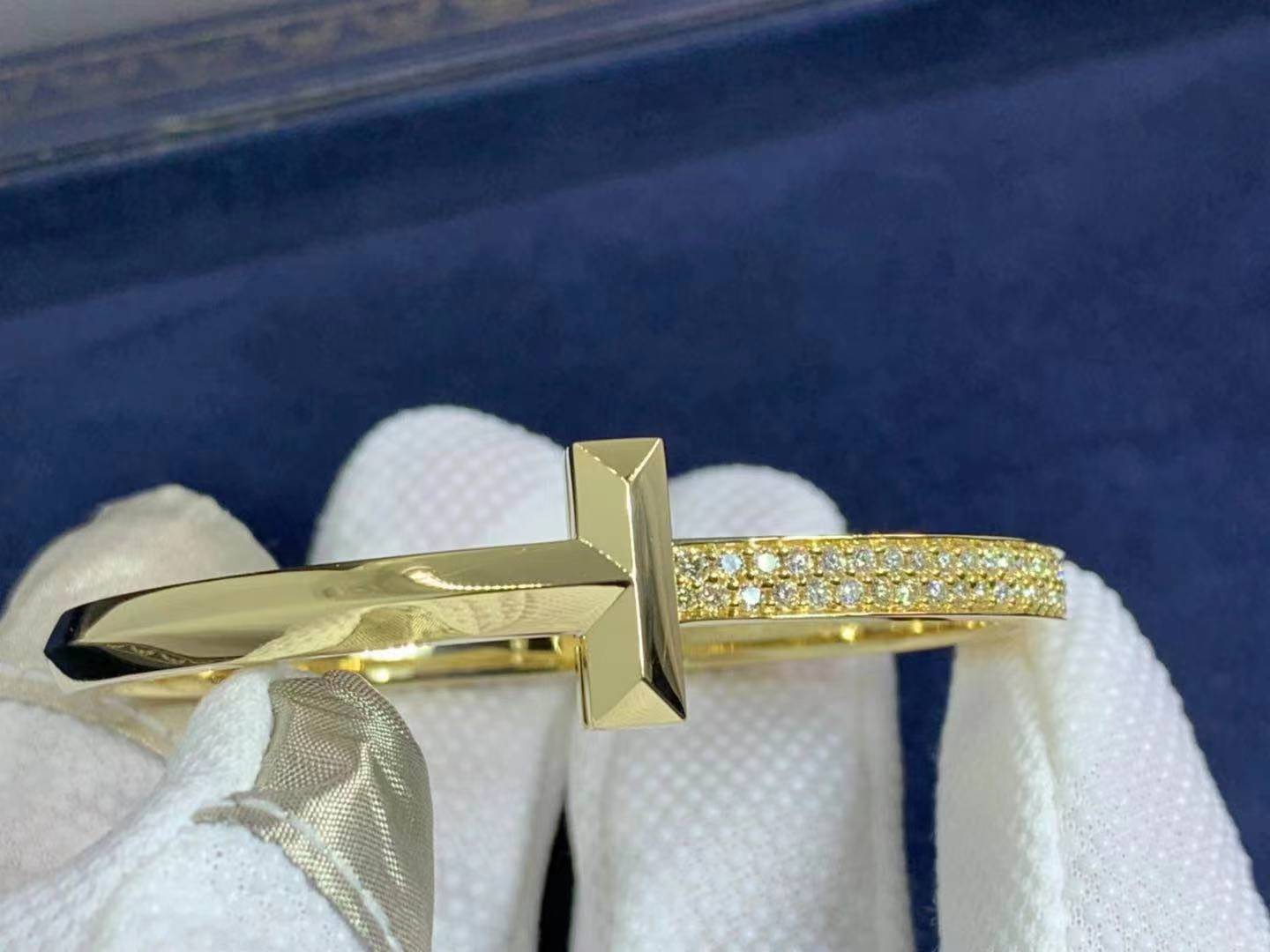
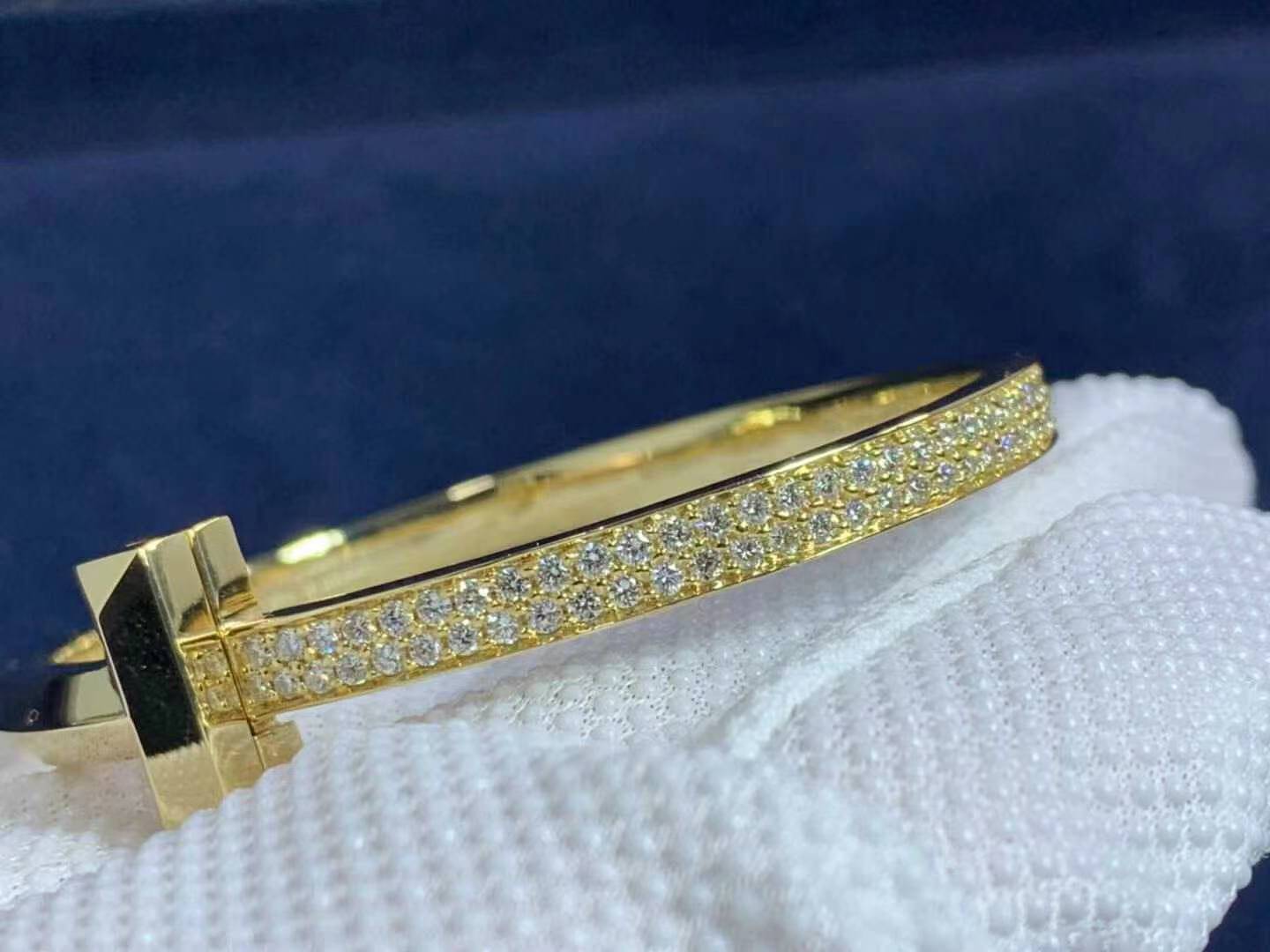
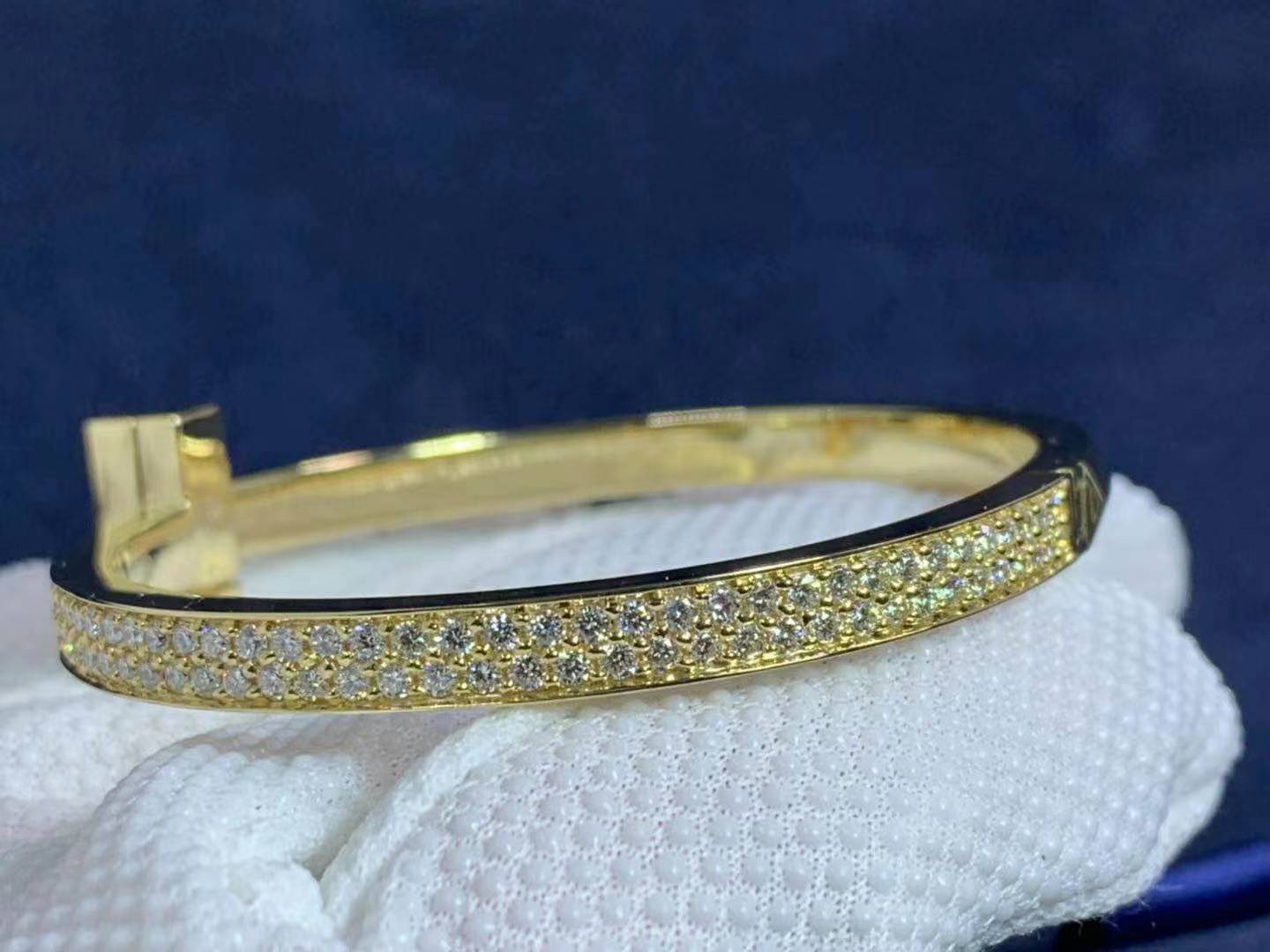
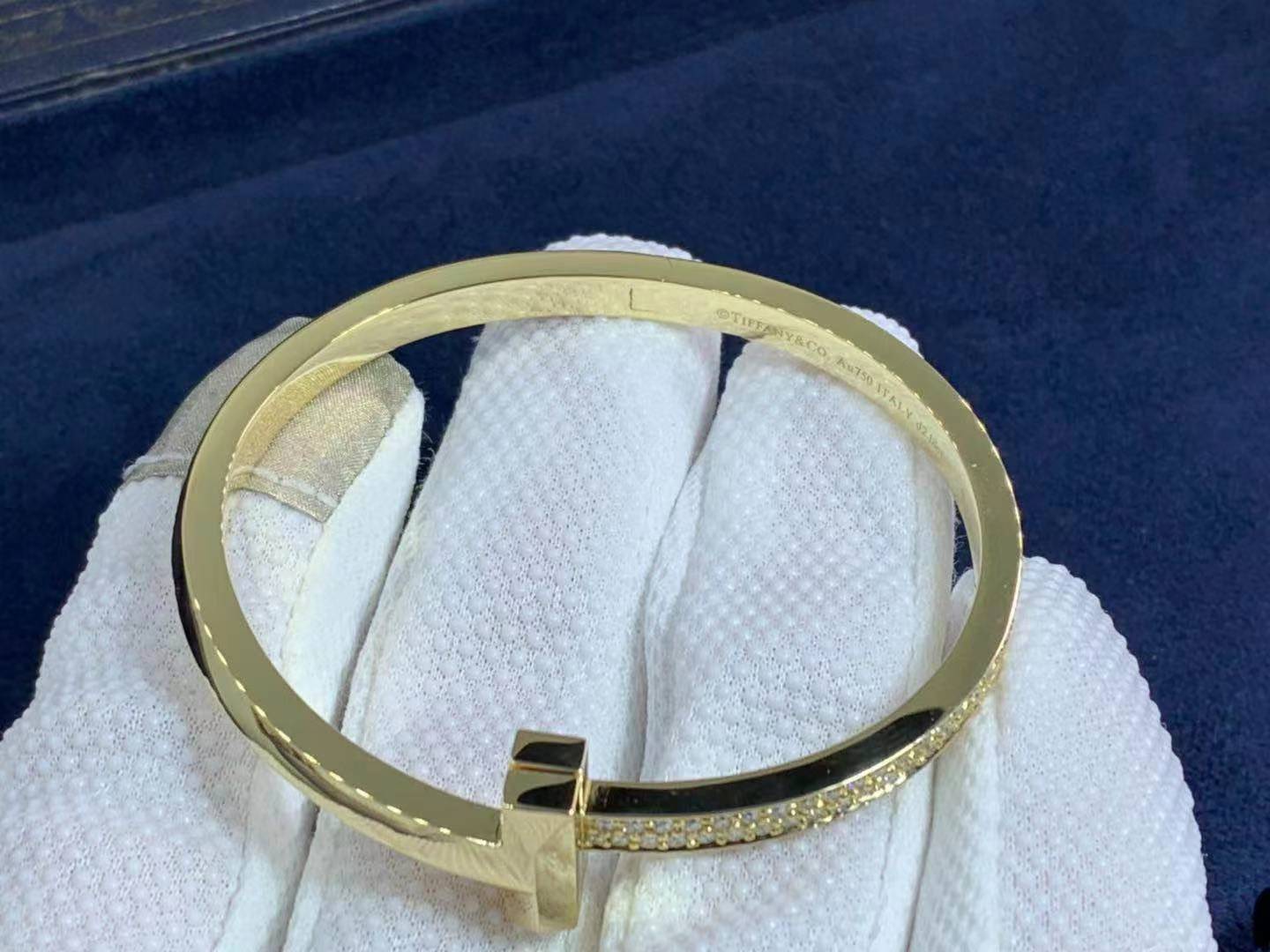


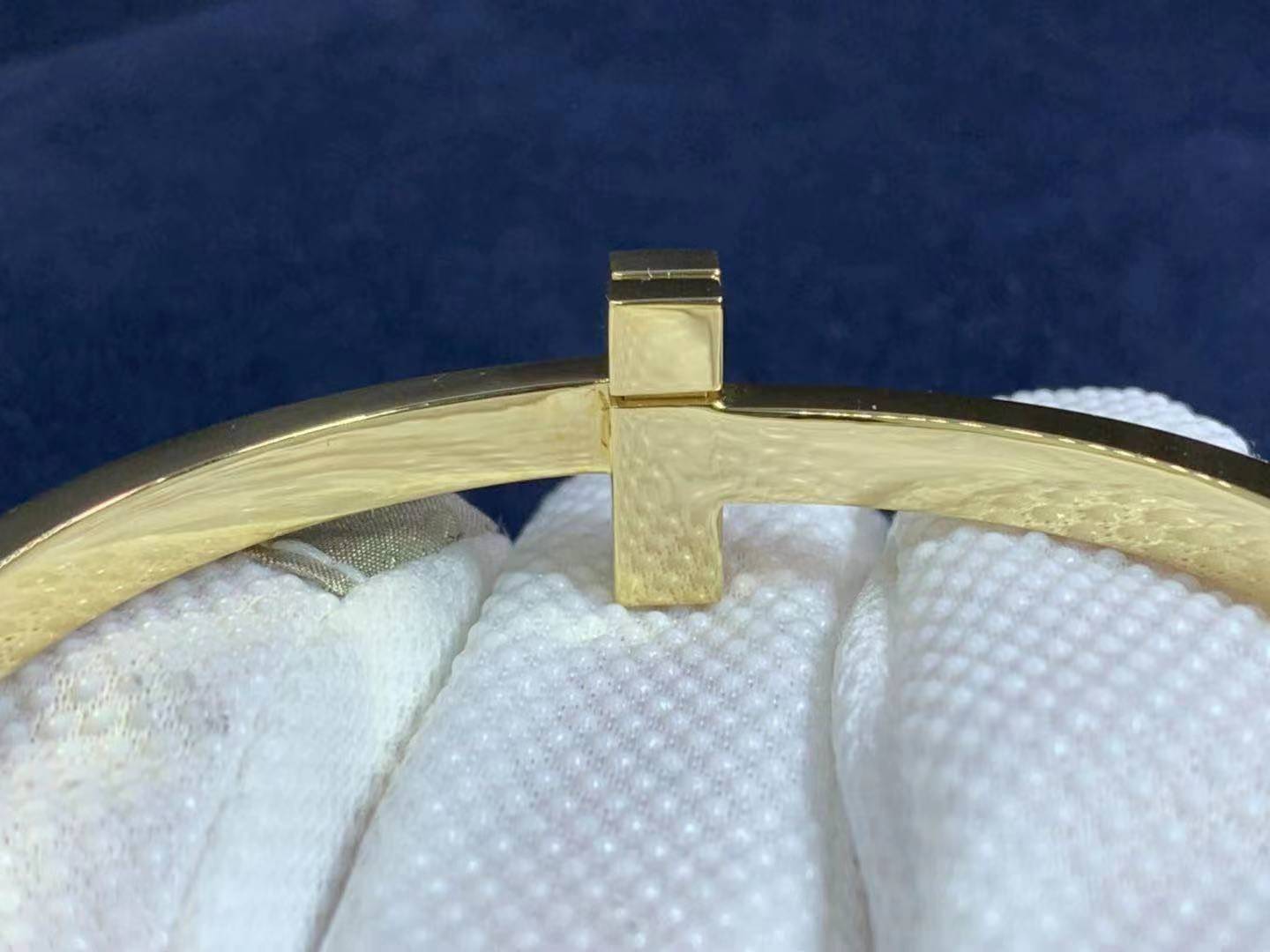








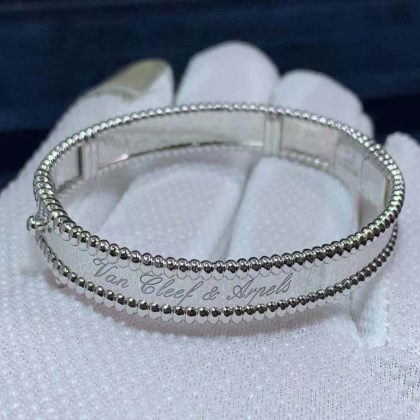
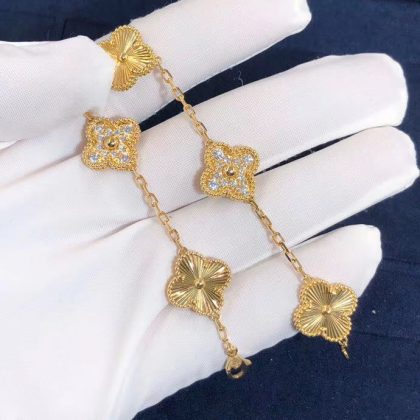
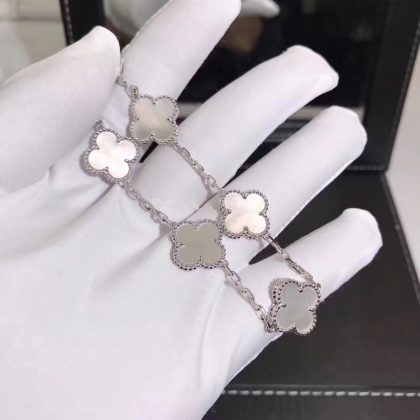
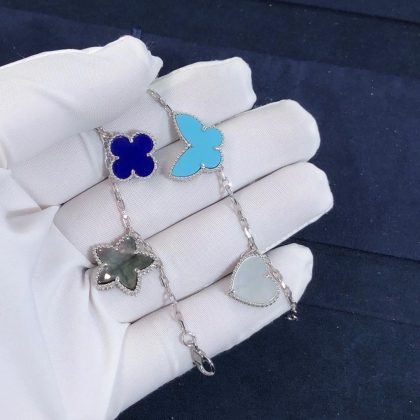
Reviews
There are no reviews yet.